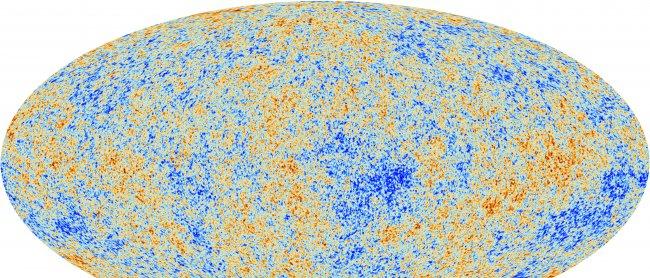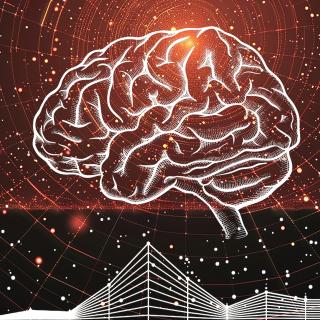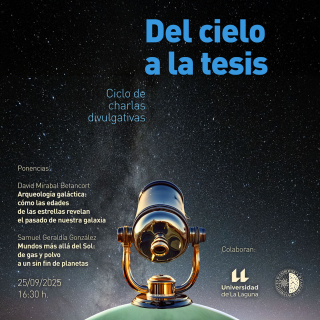The Gruber Foundation, has awarded its prize of the same name of the Planck space mission, which studies the cosmic microwave background radiation, the fossil radiation from the Big Bang. This mission, in which members of the Research and the Instrumentation divisions of the IAC have participated, has produced valuable information to test theories of the formation and evolution of the universe.
The Gruber Cosmology Prize has been awarded since the year 2000 and recognizes the theoretical, analytic and observational advances which have been basic in this area of Astrophysics. This year it has been given to the Principal Investigators on the Planck Project, Nazzareno Mandolesi and Jean Loup Puget, as well as the resto of the science team, among which are the IAC researchers Rafael Rebolo, José Alberto Rubiño, Ricardo Génova-Santos, and Roger Hoyland. Others from the IAC who have made specific contributions to Planck have included the researchers Rafael Barrena, Alina Streblyanska, Denis Tramonte, Antonio Ferragamo, Alejandro Aguado, Beatriz Ruiz-Granados y Flavien Vansyngel.
The Gruber Foundation, in its official communication stated that “Planck has determined with unprecedented accuracy the matter and energy contents of the Universe, as well as its geometry, which is compatible with its being plane”. In addition it has measured the imprint left by the hot gas in clusters of galaxies on the microwave background radiation (this working group has been led from the IAC by J.A. Rubiño) and the effect of gravitational lensing associated with all the major structures of matter in our universe. It has also placed strict limits on the properties of the hypothetical inflation phase in the nascent universe, barely a fraction of a second after the Big Bang. Finally it has fixed with great accuracy the epoch of formation of the first stars, and has given firm information about the distribution of the interstellar dust and the magnetic field of our Galaxy.
The IAC has also formed a part of this project since the end of the 90’s via its Instrumentation Division, from where the software of control of its instrument of low frequency (LFI) was developed, that includes also its electronic box -REBA (Radiometer Electronic Box Assembly) - and the software of data compression. In this part of the project major roles were played by the engineers José Miguel Herreros, Roger Hoyland, María Francisca Gómez Reñasco and Haresh Mangharan Chulani. In addition, other engineers and personnel of the workshops and laboratories at the IAC made their collaborative contributions.
More information:



